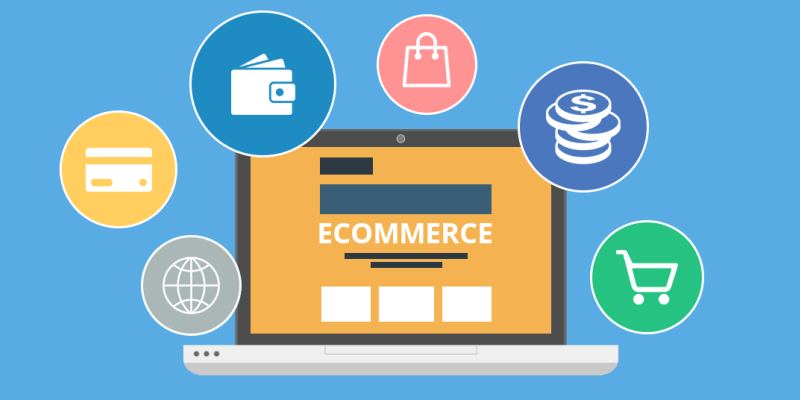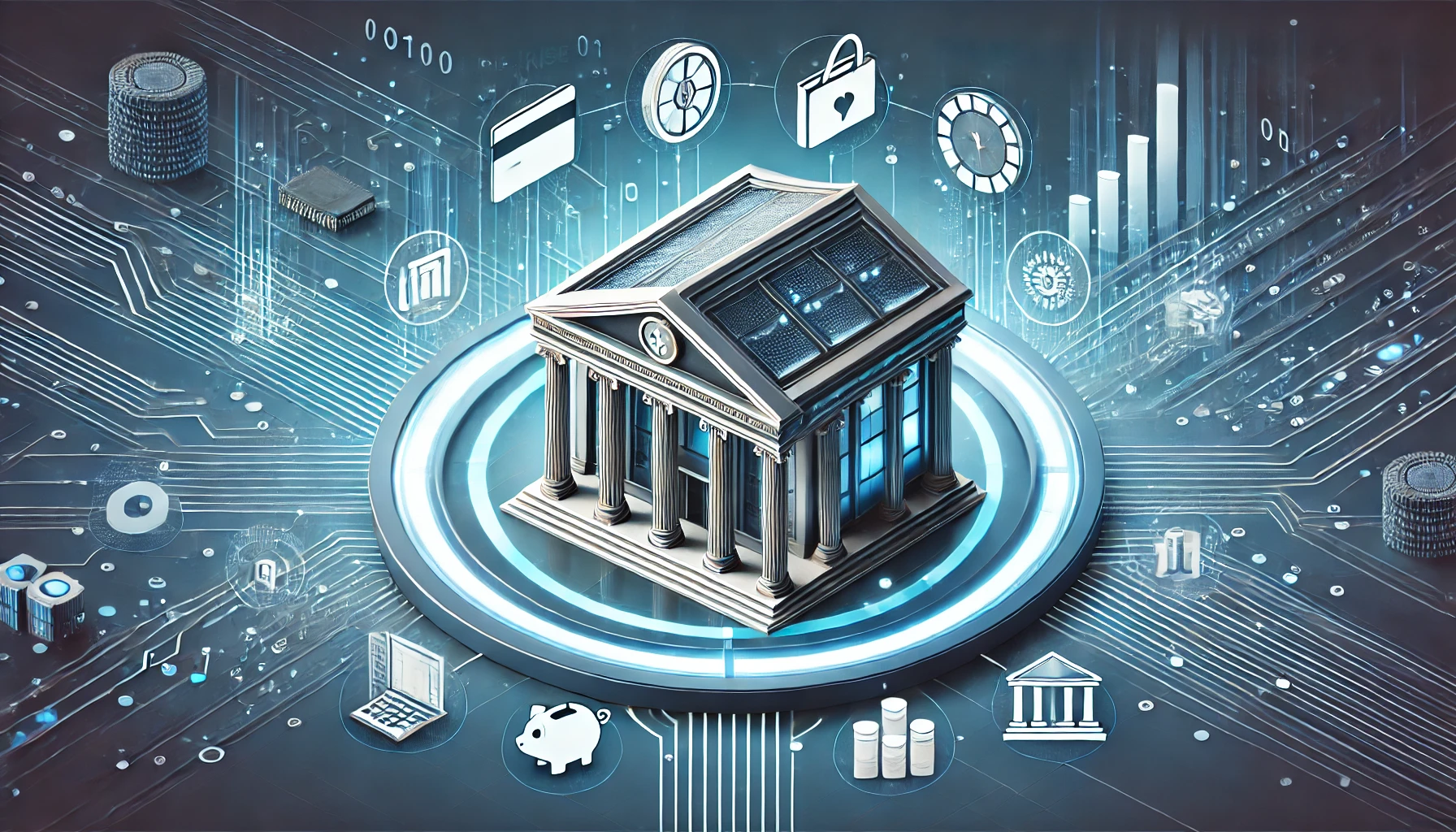E-commerce, a term that encapsulates the buying and selling of goods or services using the internet, has seen a significant surge in recent years. The rapid digitisation and technological advancements have made online shopping just a mobile app or web application away. This blog post aims to explore the various IT applications that are revolutionizing the E-commerce industry.
The Role of Information Technology in E-commerce
Information technology (IT) plays a pivotal role in e-commerce, transforming how businesses operate and interact with consumers. IT is used for information exchange, media promotion, electronic mail, mailing lists, dialogue, discussions, and consulting with consumers online.
There are two primary e-commerce applications: business-to-consumer and business-to-business commerce. However, the main obstacle in the use of IT is the enormous cost of creating an online network and supplying devices.


Applications of E-commerce
Applications of e-commerce include retail sales or online shopping, business-to-business transactions, and the sale of digital products through online stores. The application of e-commerce technology is one of the important factors to support the success of a product from a company.
Some examples of e-commerce applications are:
- Retail and Wholesale: This is the most common type of e-commerce application, where businesses sell goods or services directly to consumers or other businesses through online platforms. Examples include Amazon, eBay, Walmart, Alibaba, etc.
- Online Marketing: This is the use of online channels and tools to promote products or services to potential customers. Examples include email marketing, content marketing, SEO, PPC advertising, social media marketing, etc.
- Finance: This is the use of online platforms and services to facilitate financial transactions and activities. Examples include online banking, online payment systems, online trading, online insurance, etc.
- Manufacturing: This is the use of online systems and processes to manage and optimize the production and distribution of goods. Examples include online inventory management, online supply chain management, online quality control, etc.
- Online Booking: This is the use of online platforms and services to reserve or purchase tickets, accommodation, travel, entertainment, etc. Examples include Booking.com, Airbnb, Expedia, Uber, etc.
- Online Publishing: This is the use of online platforms and services to create and distribute digital content such as books, magazines, newspapers, blogs, podcasts, etc. Examples include Kindle, Medium, WordPress, Spotify, etc.
- Digital Advertising: This is the use of online platforms and services to display ads to target audiences based on their preferences and behaviors. Examples include Google Ads, Facebook Ads, YouTube Ads, etc.
- Auction: This is the use of online platforms and services to buy or sell goods or services through bidding. Examples include eBay, Sotheby’s, Christie’s, etc.


AI in E-commerce
Artificial Intelligence (AI) is increasingly being used across various functions in e-commerce businesses to optimize operations and improve customer experience. Here are some of the ways AI is being used in e-commerce:
- Personalization: AI is a game changer in retail and ecommerce by personalizing the shopping experience. It helps retailers understand customer behavior and preferences, optimize pricing, and improve inventory management.
- Chatbots: AI-powered chatbots are being used to automate customer service. These chatbots can handle a large volume of queries, provide instant responses, and deliver a consistent level of service.
- Inventory Management: AI can be used to optimize inventory management. It can predict future sales trends based on historical data, helping businesses to manage their stock efficiently.
- Fraud Detection: AI can also be used for fraud detection and prevention. It can identify patterns and anomalies that might indicate fraudulent activities.
- Marketing: AI is used in e-commerce marketing to help businesses understand their customers and identify new purchasing behaviors and trends. It also allows companies to create more targeted ads, marketing campaigns, and offers.
- Product Descriptions: AI can be used to generate product descriptions. This can save businesses a lot of time and effort.
- Email Responses: AI can automate email responses, helping businesses to communicate with their customers more efficiently.


Electronic Funds Transfer
Electronic funds transfer (EFT) refers to the computer-based systems used to perform financial transactions electronically. This application is very useful for e-commerce websites as it allows quick transaction money.
Some examples of EFT are:
- Wire Transfer: This is the electronic transfer of funds from one bank account to another, usually across different banks or countries. Wire transfers are often used for large or urgent payments, but they can also incur fees and take longer to process.
- Automated Clearing House (ACH): This is the network that processes batches of electronic transactions in the US. ACH transactions include direct deposits, direct debits, online bill payments, and peer-to-peer transfers. ACH transactions are usually low-cost and fast, but they can also be reversed or disputed.
- PayPal: This is an online payment service that allows users to send and receive money online. PayPal acts as an intermediary between the sender and the receiver, providing security and convenience. PayPal can be linked to bank accounts, credit cards, or debit cards, and it can also store money in a digital wallet.
- Credit Card: This is a plastic card that allows users to make purchases on credit. Credit cards are widely accepted by online merchants and offer benefits such as rewards, fraud protection, and grace periods. However, credit cards can also charge interest, fees, and penalties if not used responsibly.
- Debit Card: This is a plastic card that allows users to make purchases using money from their bank account. Debit cards are similar to credit cards in terms of convenience and security, but they do not incur interest or debt. However, debit cards can also have fees, limits, and overdraft charges if not used carefully.


Conclusion
The integration of IT applications in the e-commerce industry has revolutionized how businesses operate. From improving customer service to optimizing operations, IT applications are playing a crucial role in shaping the future of e-commerce. As technology continues to evolve, we can expect to see even more innovative applications that will further transform this industry.
Remember that while these technologies offer numerous benefits, they also come with their own set of challenges. Therefore, businesses must carefully consider these factors before implementing new technologies.
This blog post is based on information available as of October 2023.



